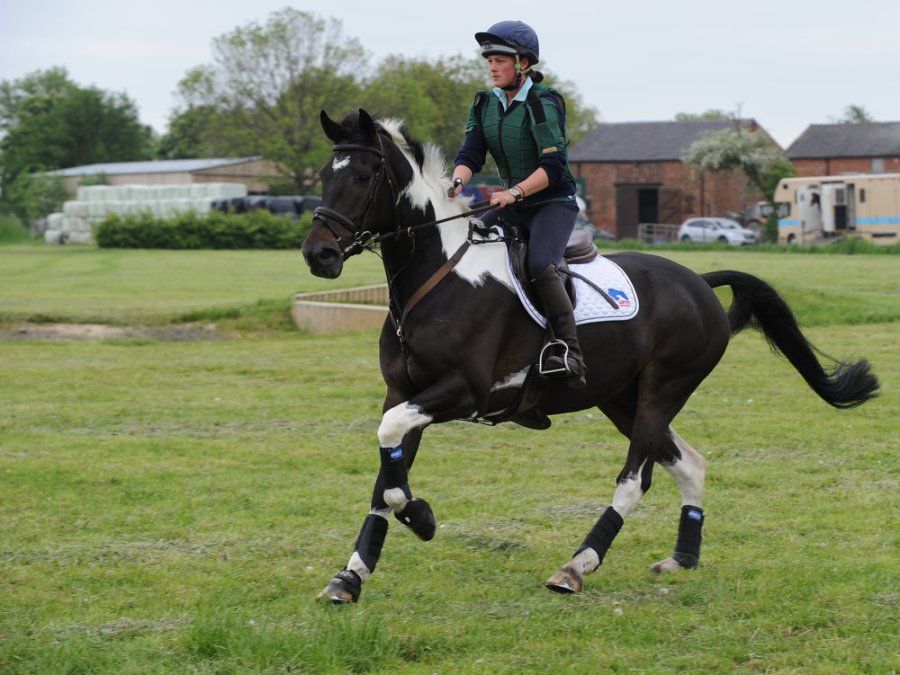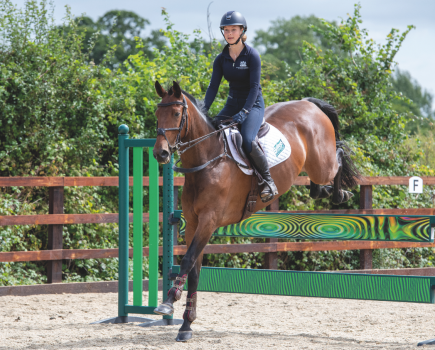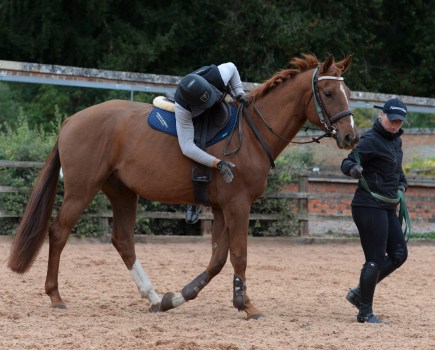Is your horse fit enough for the job you’re asking of him? How can you tell?
Regardless of what you’re planning to do with your horse this summer — dressage, jumping, hacking and everything in between — he’s got to be fit enough to do it.
If he’s not fit, you increase the risk of injury and behavioural problems as you push your horse beyond his physical limits.
In the video below, six-time Badminton winner and Petplan Equine ambassador Lucinda Green assesses the fitness of a cob and a sportier type, and explains what to look for in your horse too.
“When you’re looking to assess a horse’s fitness, it’s very hard to assess until you actually have them working and see how much they’re breathing at the end, and particularly how long they take to recover,” explains Lucinda.
Heavier types
Lucinda assesses Oreo, a piebald cob, first.
“He’s a good shape. I would want him to lose a little bit of weight if I was going to do an event with a mile-and-a-half cross-country course on it. However, it’s hard to lose weight on these particular types of horse so I’m not going to get too hung up about it,” she says.
“He’s certainly not fat; he’s nicely rounded, but that might just be him.”
Lucinda points to the curve of Oreo’s stomach.
“You’re looking to not have this line hanging down,” she explains, “and it doesn’t on him. He looks good and tight.”
Lucinda also highlights the top of his hindquarters.
“We love this up here, this sort of ‘jumping bump’,” she says. “He’s a lovely looking horse with a nice enough hind leg and a beautiful bottom. He’s got a nice enough shoulder but he’s a heavier type, so he’s going to find being really fit hard work.
“For the level that he’ll need to do, he’s fine.”
Lighter types
Next, Lucinda assesses Boodles, a lighter breed competing in 1.05m showjumping classes.
She explains that “it’s very hard to assess a horse’s fitness on a look.
“When they get a little bit thinner – he’s not too plump but he’s certainly not fit yet – and fitter there’s a muscle line that goes in a zig zag up [across the stomach] and disappears under the saddle. Then the horse is ready for Badminton. You often don’t see it at all at the lower levels because they’re still carrying that little bit of weight.”
Weight is an important consideration for fitness and keeping your horse sound as you increase the workload.
“Be aware that the more weight your horse carries the more pounds per square inch of tendon, so you want to have your horse lighter rather than heavier,” states Lucinda.
Main image: Your Horse Library (stock image). Video by Equestrian Pro TV









